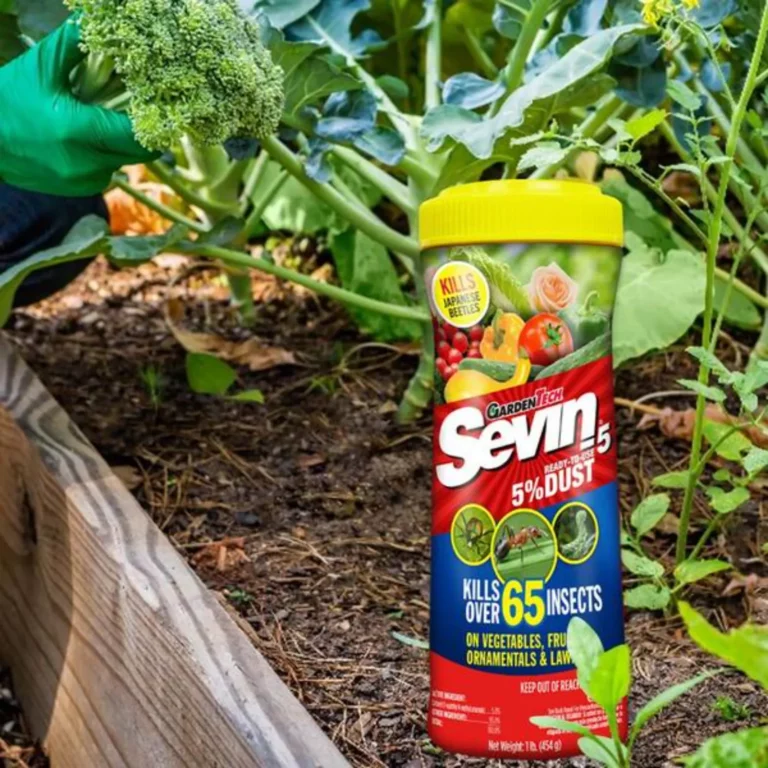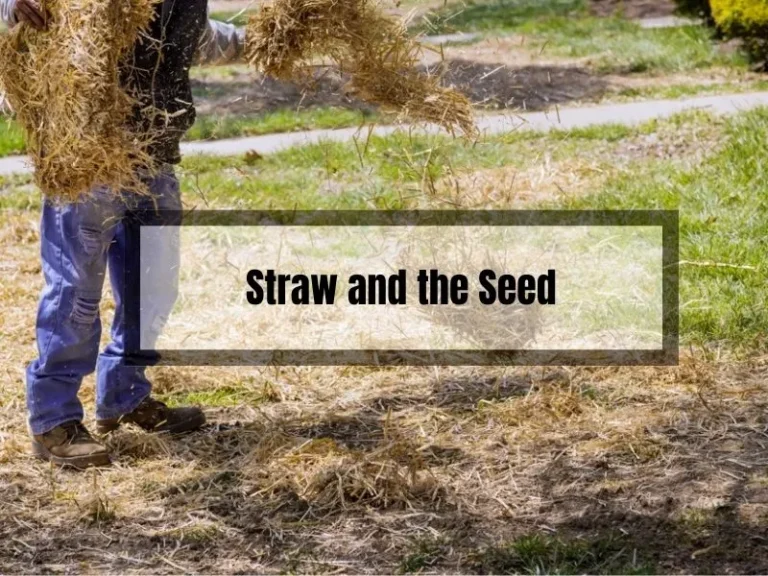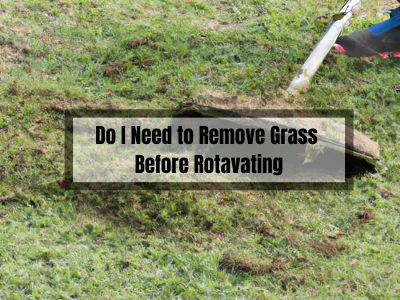Eliminate Too Much Grass Clippings on Lawn: Top Solutions Unveiled!
Excessive grass clippings on your lawn may seem harmless at first glance, but they can actually harm your lawn’s health. Understanding the causes and effects of this problem can help you prevent and manage it.
When you mow your lawn, some clippings are natural and beneficial, providing nutrients and aiding soil health. However, an overload of clippings can suffocate your grass, blocking essential air and sunlight.
Don’t worry if you’re dealing with too many clippings – we’ve got solutions. Adjust your mowing schedule, use the right equipment, and dispose of clippings properly to maintain a healthy, vibrant lawn.
In this article, we’ll delve into the causes, effects, and tips for managing grass clipping overload.
Key Takeaways
- Excessive grass clippings can have negative effects on your lawn’s health.
- Grass clipping overload can be prevented and managed by adjusting your mowing schedule, using the right equipment, and properly disposing of clippings.
- Understanding the causes and effects of grass clipping overload is key to keeping your lawn healthy.
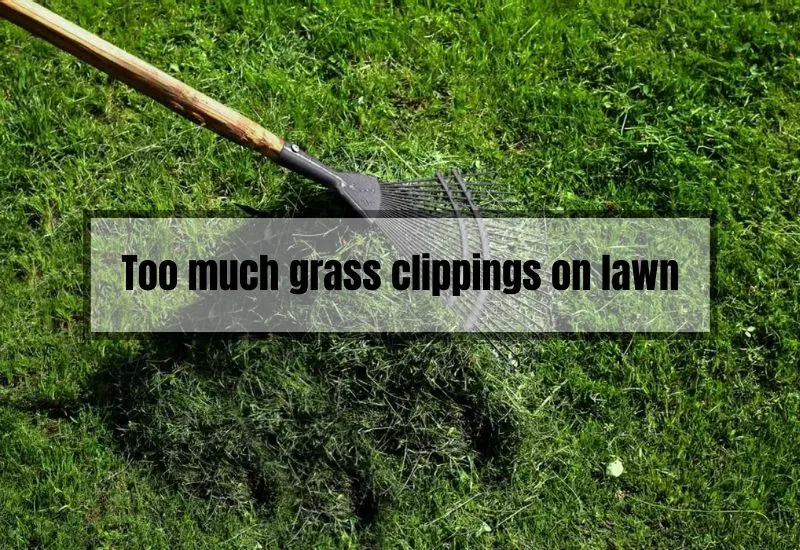
Too Much Grass Clippings on Lawn: The Consequences
You love your lawn, and you want it to look its best. But what do you do when you have too much grass clippings on your lawn?
Here are some things to consider:
- Increased stress on the plant: Leaving too many grass clippings on your lawn can put stress on your plants, leaving them weak and vulnerable. Cutting more than 1/3 of the leaf blade at once can be harmful to your grass, so be sure to mow your lawn regularly and at the right height.
- Increased susceptibility to diseases and insects: When you leave too many grass clippings on your lawn, you’re essentially creating a breeding ground for diseases and insects. These pests can quickly take over your lawn, causing significant damage and making it difficult to maintain a healthy lawn.
- Reduced nutrient absorption: While grass clippings can help your lawn maintain nutrients and healthy growth, too many clippings can actually reduce nutrient absorption. This can lead to yellowing or browning of your lawn, making it look unhealthy and unattractive.
So, what can you do to prevent too many grass clippings on your lawn? Here are some tips:
- Mow regularly: Regular mowing can help prevent too many grass clippings from building up on your lawn. Be sure to mow at the right height for your grass type, and never cut more than 1/3 of the leaf blade at once.
- Mulch your clippings: Instead of bagging your grass clippings, consider mulching them. Mulching can help your lawn maintain nutrients and healthy growth, while also reducing landfill use and keeping yard waste out of already-strained landfills.
- Remove excess clippings: If you do end up with too many grass clippings on your lawn, be sure to remove them promptly. Leaving excess clippings on your lawn can create a breeding ground for pests and diseases, making it difficult to maintain a healthy lawn.
What Causes Grass Clipping Overload?
Grass clipping overload occurs when too many grass clippings accumulate on your lawn after mowing. This can happen due to several reasons:
- Mowing too infrequently: If you mow your lawn after a long period, there will be a lot of grass clippings to deal with.
- Mowing too low: Cutting your grass too low can cause more clippings to accumulate.
- Wet grass: Wet grass clippings tend to clump together and form a thick layer on your lawn.
- Using a dull mower blade: A dull blade tears the grass instead of cutting it, causing more clippings to accumulate.
Effects of Grass Clipping Overload
Grass clipping overload can have several negative effects on your lawn:
- Thatch buildup: Too many grass clippings can contribute to thatch buildup, which prevents water, air, and nutrients from reaching the soil.
- Lawn disease: Wet grass clippings can create a moist environment that promotes the growth of lawn diseases.
- Unsightly appearance: A thick layer of grass clippings can make your lawn look messy and unkempt.
How to Prevent Excessive Grass Clippings on Your Lawn
Proper Mowing Techniques

One of the best ways to prevent grass clipping overload is to use proper mowing techniques. Here are some tips:
- Mow regularly: Mow your lawn often enough to remove no more than one-third of the grass height at a time. This will help prevent excessive grass clippings.
- Adjust your mowing schedule: Adjust your mowing schedule based on your lawn’s growth rate. Mow regularly, but don’t cut more than 1/3 of the leaf blade at once. This will help keep your lawn healthy and clippings under control.
- Use a mulching mower: A mulching mower chops grass clippings into small pieces and deposits them back onto the lawn. This helps to return nutrients to the soil and reduce the amount of clippings that need to be removed.
Grass Cycling
Grass cycling is another technique that can help prevent grass clipping overload. Grass cycling is the practice of leaving grass clippings on the lawn instead of removing them. Here are some benefits of grass cycling:
- Nutrient-rich: Grass clippings are rich in nitrogen, which is an essential nutrient for healthy lawn growth. Leaving clippings on the lawn can help to return these nutrients to the soil.
- Water retention: Grass clippings can help to retain moisture in the soil, which can help to reduce the need for watering.
- Time-saving: Grass cycling can save time and energy by eliminating the need to bag and remove grass clippings.
To grass cycle effectively, use a mulching mower and mow your lawn often enough to remove no more than one-third of the grass height at a time. This will help to ensure that the grass clippings are small enough to decompose quickly and return nutrients to the soil.
Adjusting the Mowing Frequency Schedule
- Factors affecting lawn growth rate
Lawn growth can vary depending on factors like weather, soil type, and grass species. When conditions are ideal, your grass may need more frequent mowing.
- Finding the right mowing schedule
To prevent excessive grass clippings, adjust your mowing schedule based on your lawn’s growth rate. Mow regularly, but don’t cut more than 1/3 of the leaf blade at once. This will help keep your lawn healthy and clippings under control.
Bagging Mower Clippings
- Types of bagging systems
Consider investing in a mower with a bagging system to collect clippings as you mow. There are various types available, including rear-bagging, side-bagging, and mulch-bagging systems.
- Benefits of bagging clippings
Bagging your grass clippings not only prevents them from smothering your lawn but also makes cleanup a breeze. Plus, bagged clippings can be easily composted or used as mulch in other areas of your garden.
Using a Mulching Blade
- How mulching blades work
Mulching blades, also known as 3-in-1 blades, can be a real game-changer. They’re designed to cut grass clippings into smaller pieces, which can then decompose more quickly and provide nutrients back to your lawn.
- Advantages of using a mulching blade
Switching to a mulching blade can help you avoid the buildup of excessive clippings on your lawn, all while nourishing the soil. It’s a win-win situation!
Raking Away Any Clippings Left on the Lawn
- Proper raking techniques
Sometimes, even when you’ve taken all the right precautions, a few rogue grass clippings may still manage to evade capture.
In these cases, it’s essential to break out your trusty rake and clear away any stragglers. When raking, use a gentle, sweeping motion to avoid damaging your lawn or uprooting grass.
- Tools for effective raking
There are several raking tools available, from traditional metal-tined rakes to more modern plastic or rubber-tined options. Choose the one that suits your needs and preferences best, and remember to clean it regularly to ensure peak performance.
Managing Excessive Grass Clippings
You love having a lush, green lawn, but too much grass clippings can be a problem. Not only do they look unsightly, but they can also cause issues like dead patches, lawn disease, or insect infestation. Fortunately, there are a few ways to manage excessive grass clippings.
Composting
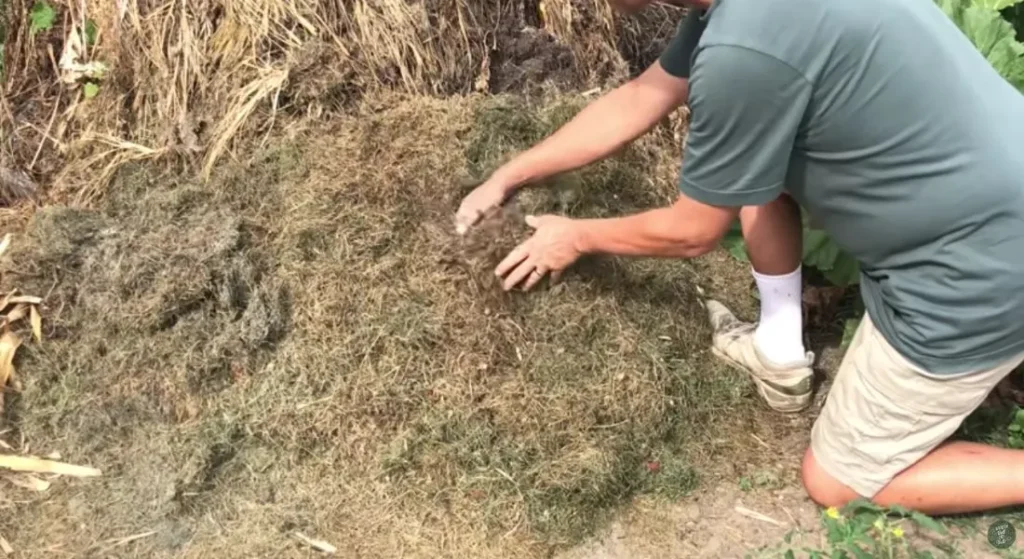
Composting is an excellent way to manage excessive grass clippings. It not only reduces waste but also creates a nutrient-rich soil amendment. Here’s how to do it:
- Collect grass clippings in a pile or bin.
- Add other organic materials like leaves, twigs, and food scraps.
- Turn the pile regularly to ensure proper decomposition.
- Use the finished compost to fertilize your lawn or garden.
Composting is an eco-friendly way to manage grass clippings and improve your soil quality. It’s also a great way to reduce your carbon footprint.
Mulching
Mulching is another effective way to manage excessive grass clippings. It involves leaving the clippings on your lawn after mowing, which can provide a host of benefits. Here’s how to do it:
- Mow your lawn regularly, but don’t cut more than 1/3 of the leaf blade at once.
- Allow the grass clippings to remain on the lawn to decompose.
- The clippings will release nutrients back into the soil and help retain moisture.
Mulching is an easy way to manage excessive grass clippings and keep your lawn healthy. It also saves time and money on fertilizers and watering.
Frequently Asked Questions (FAQs)
Can grass clippings be used as fertilizer?
Absolutely! Grass clippings contain valuable nutrients like nitrogen, phosphorus, and potassium that can help nourish your lawn. Just be sure to use them in moderation to avoid smothering your grass.
How often should I mow my lawn?
The frequency of mowing depends on your lawn’s growth rate and the type of grass you have. As a general rule, try not to cut more than 1/3 of the leaf blade at once. This may mean mowing your lawn every 3-7 days, depending on the season and conditions.
Are there any advantages to leaving grass clippings on the lawn?
When managed correctly, leaving some grass clippings on your lawn can act as a natural fertilizer, returning nutrients to the soil. However, it’s essential not to let clippings accumulate excessively, as this can cause more harm than good.
How can I tell if I have too many grass clippings on my lawn?
If your lawn looks messy or uneven, or if you notice yellowing or dying patches of grass, you may have too many clippings. It’s best to address the issue promptly to prevent further damage to your lawn.
Do I need a special mower for bagging or mulching?
Some mowers come equipped with bagging or mulching capabilities, while others may require additional attachments or accessories. Check your mower’s user manual or consult with a lawn care professional to determine what you need for your specific model.
Conclusion
In the battle against excessive grass clippings, knowledge is power. Armed with these tips, you’ll be well on your way to maintaining a healthy, attractive lawn that would make any homeowner proud.
Just remember: stay vigilant, adapt your mowing schedule as needed, and don’t be afraid to get your hands dirty. After all, nothing worth having comes easy—even a picture-perfect lawn. Good luck, and happy mowing!
Related Posts:



